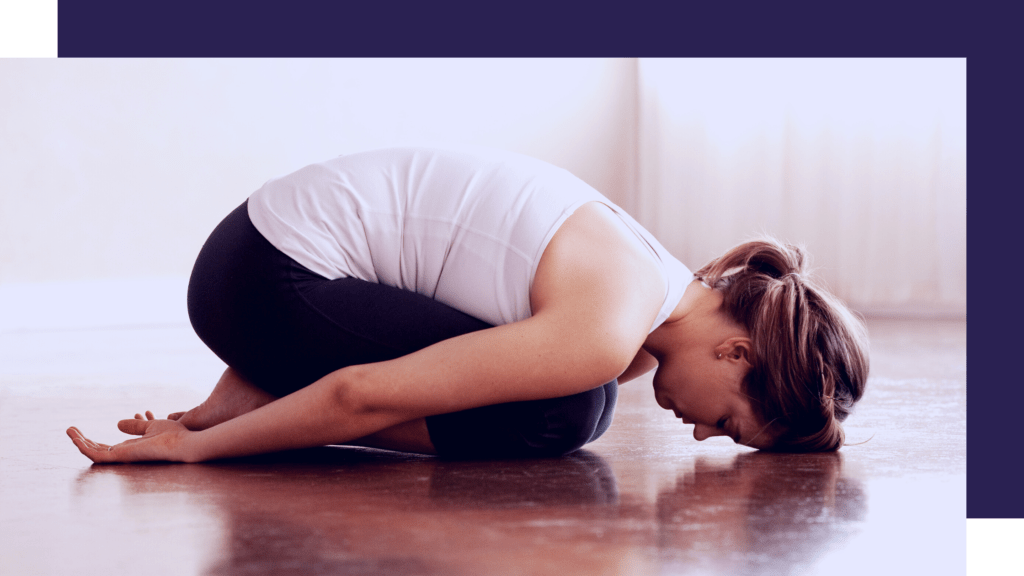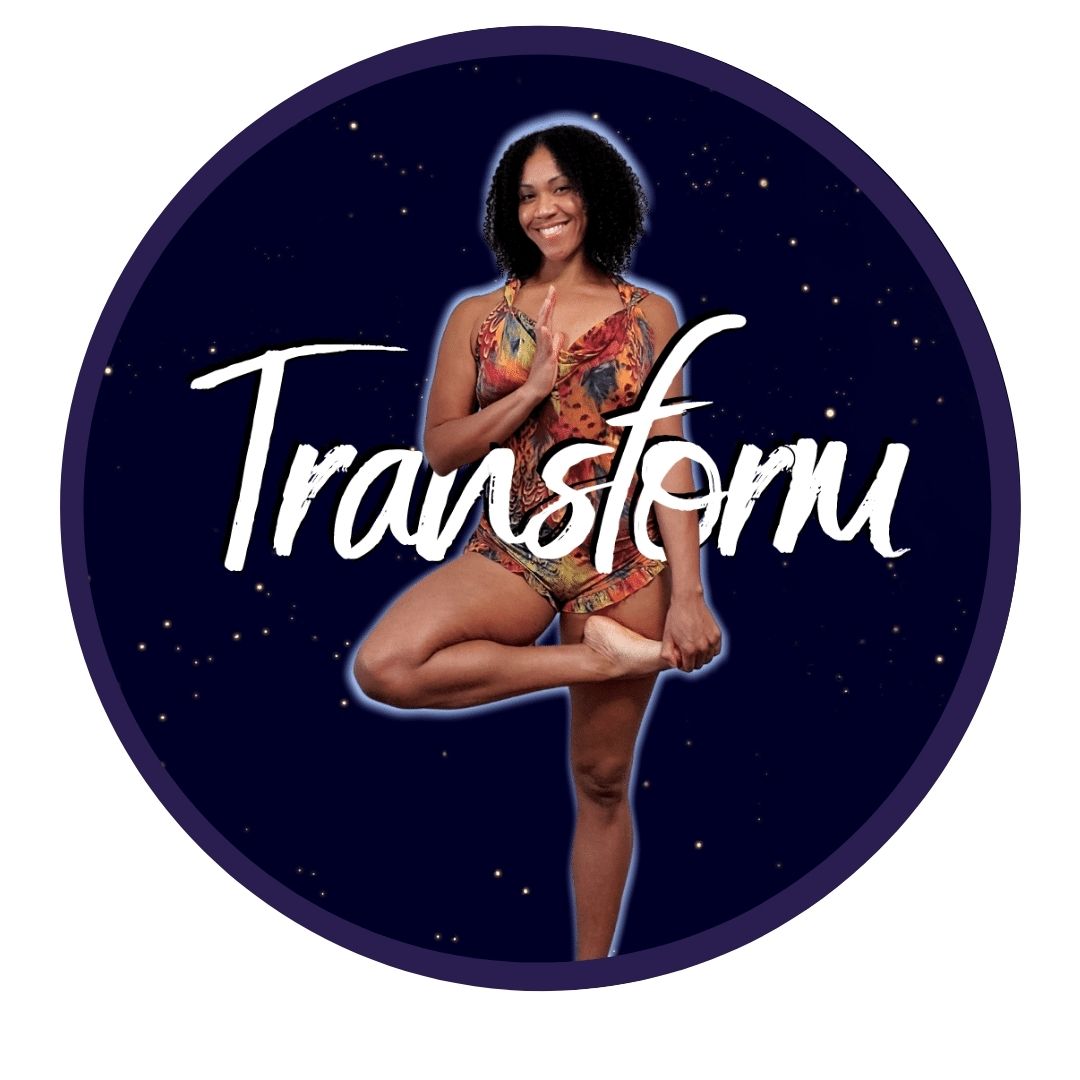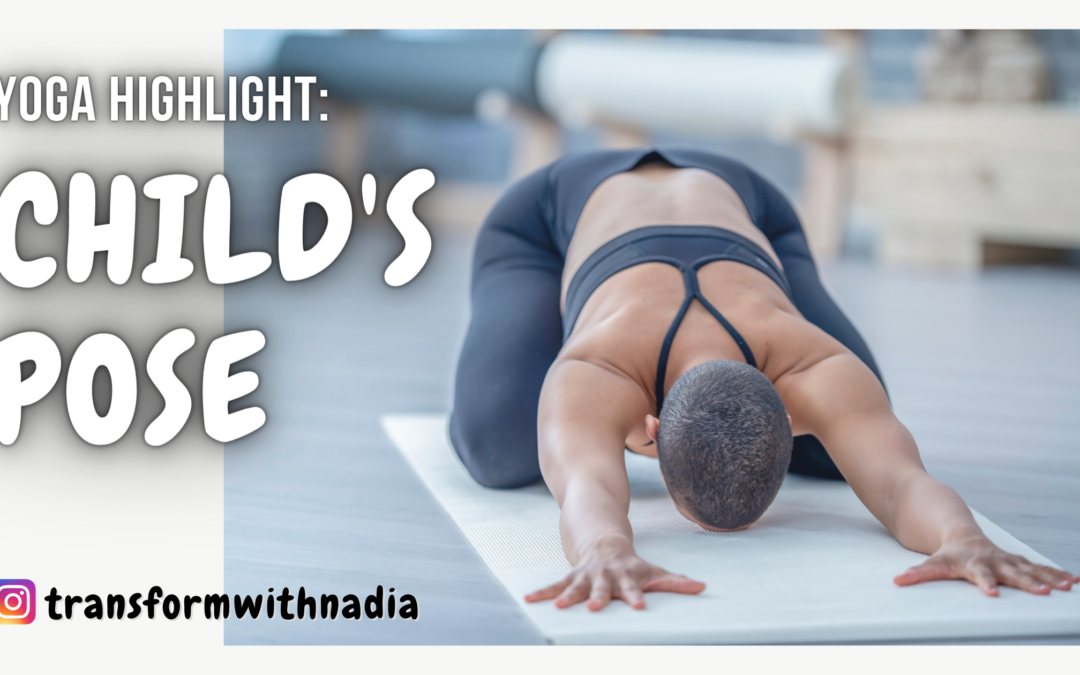Whether you practice yoga or you prefer strength and cardio workouts, there’s a strong chance that you’re familiar with child’s pose. This move is used by personal trainers and group fitness instructors alike for good reasons. Find out those reasons in this short blog.
What is Child’s Pose?
Child’s pose is a classic yoga posture that mimics the fetal position, with some slight variations. Many people find this position calming. Psychologically speaking, the fetal position can be symbolic of:
- An impulse to protect oneself or seek safety
- Introspection and self reflection
- Trauma and emotional withdrawal
- A desire for warmth and comfort
Pose Benefits
During most types of yoga practices, such as hatha, vinyasa, or yin, this pose is used to release tension in the following areas:
- Shoulders
- Chest
- Hips
- Back
- Glutes
- Ankles
This pose can also be used during a restorative practice to simply relax.
How to Get Into It
Child’s pose can be performed as a stretch in the middle of a workout or during your cooldown. It is also often used as a resting posture during yoga classes to give you a break from practicing. Here’s how you move into it:
- Begin on hands and knees, with your knees drawn out wide away from one another. The tops of your feet should be flat to the floor, toes untucked.
- Sit your hips back as far as you can and down toward your heels.
- Walk your hands forward as far as you can.
- For an active variation, keep your elbows lifted off the floor and relax your chest and forehead toward the ground. For a passive, relaxed stretch, relax everything to the ground.
- Practice focused breathing. A good rule of thumb is to intentionally relax your muscles each time you exhale.
Hold for as long as you like. If your knees are sensitive (like mine), simply shift your hips forward so they are up higher off the floor.
Child’s Pose Video Demonstration
There are several ways to perform a child’s pose. One is to hold your arms outstretched as I’ve described above. You can also walk your hands to one side and hold there. Both are included in this video.
Another common variation involves bringing your thighs and feet together while relaxing your arms back, along the sides of your legs. Here’s what it looks like:

Use Child’s Pose in Combination with Others
As you can see, child’s pose alone has a ton of benefits that range from deep stretching of most major muscle groups to anxiety relief and relaxation. If you haven’t tried it yet, you may want to give it a go so that you can take advantage of all the good it has to offer. Of course, I’d be remiss if I didn’t mention that you can gain the most from including a range of yoga poses in your routine that have different purposes and move your body into different planes of motion. If you need ideas, feel free to check out my blog My Top 10 Beginner Yoga Poses for Back and Hips.
I hope you enjoy the child’s pose as much as I do. If you do, make sure to leave a comment and let me know below.
Light,
Nadia 🥰
PS – I have more yoga demos and full yoga practices on my YouTube channel. Click here to head over there now and check them out.

